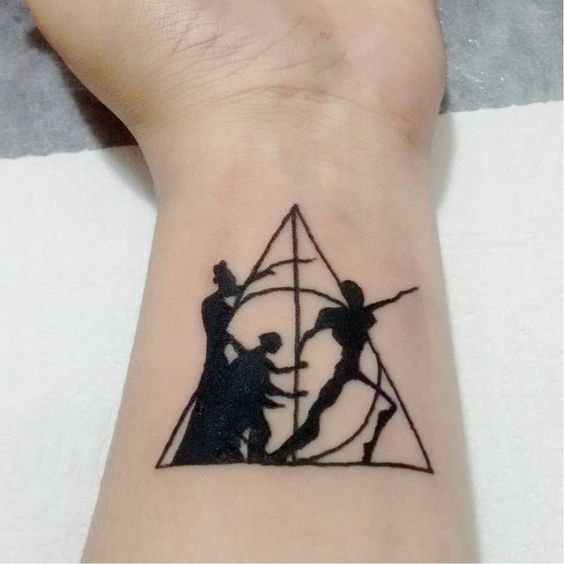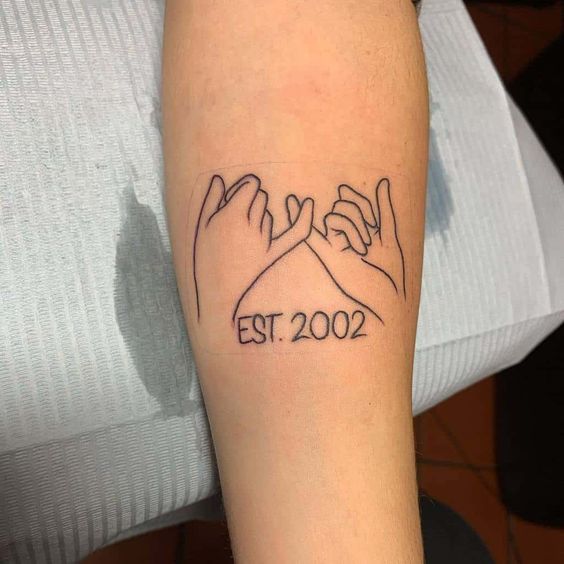Chicano sleeve tattoos represent a rich cultural tapestry, boldly showcasing heritage. They are vibrant, meaningful expressions of identity and history. These 10 designs blend traditional motifs with modern artistry, creating unique visual stories. Each tattoo reflects personal journeys and communal roots, connecting the wearer to their lineage.
These tattoos often feature religious symbols, honoring spiritual beliefs. Moreover, they incorporate Aztec imagery, connecting past and present. Family and community are central themes, depicted through intricate portraits and symbols. Chicano art is renowned for its detailed, realistic portraits, a hallmark of these sleeves.
Nature elements like roses and skulls symbolize life’s beauty and transience. Additionally, these tattoos often portray cultural icons, celebrating influential figures. The use of bold lines and contrasting shades creates a dramatic effect. Thus, these designs stand out as striking pieces of art.
Incorporating script and quotes adds personal meaning to each piece. The lettering style in Chicano tattoos is distinctive and elegant. Furthermore, the use of shadows and shading adds depth, bringing the designs to life. This technique enhances the three-dimensional appearance of the tattoos.
Chicano sleeve tattoos often cover the entire arm, a canvas for storytelling. They can also extend to the chest and back, creating larger, interconnected designs. Importantly, these tattoos symbolize resilience and pride, echoing the community’s enduring spirit.
For many, these tattoos are a form of empowerment, a visual representation of their journey. They carry deep emotional significance, often commemorating loved ones or milestones. Consequently, getting a Chicano sleeve tattoo can be a transformative experience.
In conclusion, Chicano sleeve tattoos are more than mere body art. They are vibrant expressions of cultural pride, personal identity, and artistic excellence. Each tattoo tells a story, weaving together elements of heritage, faith, and personal experience. They stand as bold declarations of individuality and connection to one’s roots.











